Standing Firm – US takeover bid fuels Greenland’s independence movement
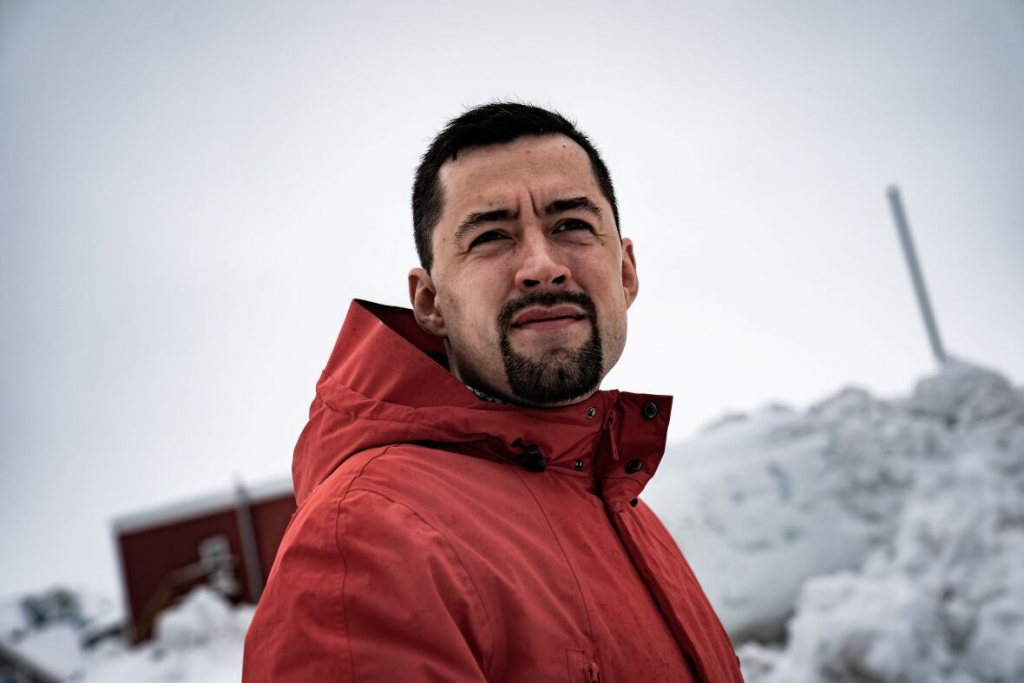
As Greenland draws international attention amidst a takeover push from US President Donald Trump, the independence movement is growing among its predominantly Inuit population. Prime Minister Múte Bourup Egede aims to call for a referendum on independence if reelected on March 11.
“Greenland is for the Greenlandic people,” affirmed Egede. “We do not want to be Danish. We do not want to be American. We want to be Greenlandic.”
While Greenland (known by its people as Kalaallit Nunaat) has been under Denmark’s rule for three centuries, many see the latest US expansionist rhetoric as an opportunity to advance its self-determination. After establishing Home Rule in 1979, Greenland passed its Self-Government Act in 2009, enabling control of mineral and oil rights and two representatives in Danish parliament.
In October, MP Aki-Matilda Høegh-Dam was ordered to leave the parliament’s podium after refusing to translate her Greenlandic speech, which highlighted the estimated 4,500 women fitted with an intrauterine device (IUD) by Danish doctors between 1966 and 1970 without their knowledge or consent as a means to reduce Greenland’s population.
Egede later called this violation a “direct genocide” as more Greenlandic citizens spoke openly about the forced removal of Inuit children from their families and the ongoing systemic discrimination they face today. While conversations about this colonial history have long been repressed, the past year has brought significant changes.
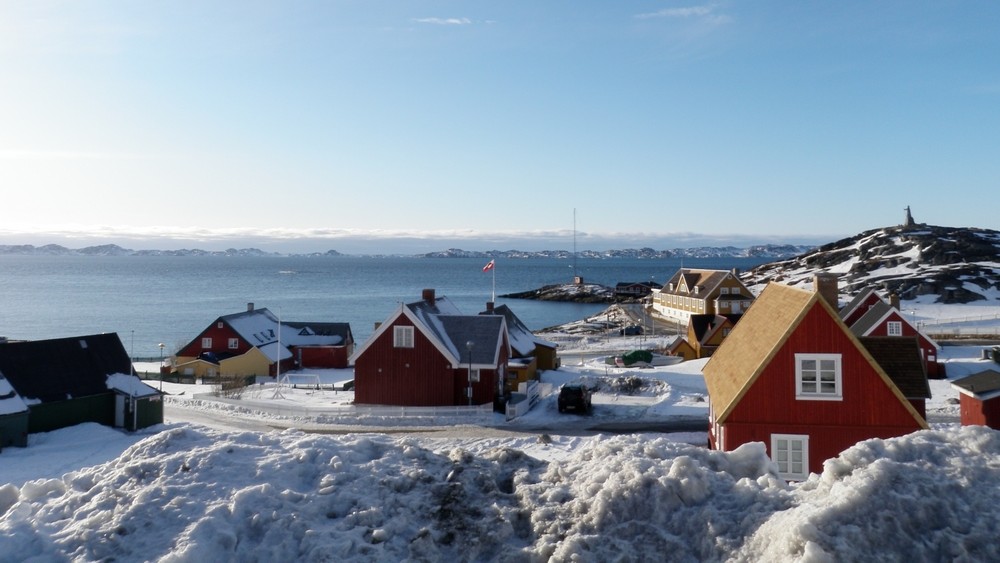
“I definitely feel things are changing,” said Naja Dyrendom Graugaard, a Danish-Kalaaleq (Inuk) expert in past and present colonial relations. “Within the last half-year, there’s been a lot of protests against the forced removal of children. There’s also a movement to reclaim our cultural identity as a people, to bring back traditions that were repressed.”
Now a professor at the University of Copenhagen, Graugaard pursued higher education in Canada before moving to Denmark for her PhD about a decade ago, when she would meet resistance for just mentioning the word decolonization. With colonial narratives swiftly eroding, she sees opportunities to meaningfully discuss the relationship between Denmark and Greenland.
“We have to be part of establishing what questions are important to discuss,” Graugaard asserted. “Sometimes media portrays one person from Greenland as a representative for all. It’s important to represent unity but also a diversity of voices, to show life in Greenland is as complex as anywhere.”
While polls show 84% of Greenlanders support independence, opinions vary widely about what that could mean. About a quarter of its current revenues come from Danish subsidies and the economy is largely dependent on fishery exports. Economic self-sufficiency is linked to resource extraction, sparking extensive debates about balancing environmental preservation.
Greenland’s mineral wealth has spurred US interest since the 19th century. The island’s strategic location led the US to take over Greenland’s defence in World War II and although a purchase offer for $100 million in 1946 was rejected, it was granted permission to establish military bases.
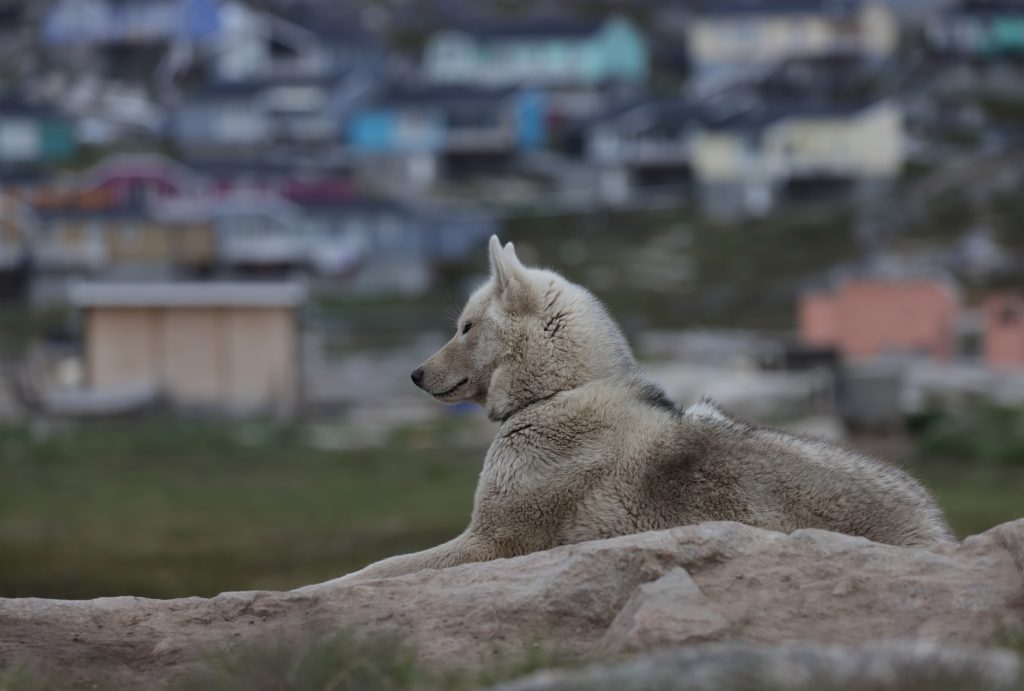
With the threat of Russian submarines and growing Chinese investment, Trump has said that US control of Greenland is an “absolute necessity” for international security. However, his administration has admitted that natural resources are the main attraction, particularly rare-earth minerals vital for electronic devices and the freshwater in its massive ice cap melting at nearly twice the volume as Antarctica.
Not only is there surging demand for water on the world market, but the “rock flour” beneath the ice cap has been found to have near-miraculous nutrient properties for restoring soil fertility. It has increased crop yields 30% to 50% with no processing and has immense potential for carbon storage.
“Climate change has the ability to bring opportunity and catastrophe,” suggested Graugaard. “It’s an important time to create a foundation for Greenland to decide the future of Greenland.”
With the US Congress unveiling a new bill to rename the country “Red, White and Blueland” (seriously) and Danish citizens responding with a satirical petition to buy California, Greenland has taken new actions to protect its political integrity. In early February, it introduced a law prohibiting foreign political donations and restricted land purchases by non-citizens who have lived there less than two years.
As about 90% of the island’s 57,000 residents are Inuit, there have been past discussions about enabling co-management and restriction-free travel across the stretch of Arctic Ocean connecting it to Nunavut. Greenland’s Arctic strategy released last year proposed more human mobility, trade and communication with Canada, especially with Inuit Nunangat spanning the country’s north.

In 2022, Greenland and Nunavut signed a memorandum of understanding to bolster cooperation in culture, education, tourism, marine infrastructure, fisheries and green energy. Egede said, “Our Inuit voice, our traditions and our modern Arctic technical knowledge should be shared among us, ensuring our right to development.”
Last summer, an ocean expedition from the SOI Foundation took 20 predominantly Indigenous youth from Kalaallit Nunaat to Nunavut, providing local insights into climate change and conservation. Korey Lyons from Sistansisk First Nation said “emotions flowed like glaciers” as they witnessed polar bears hunt on shrinking sea ice.
“Traditional tattoos were banned until 2009 but now many youth in our group have traditional tattoos,” shared Mac White about the trip. “This shared understanding of the diversity of Arctic cultures really enriched our little community on the ship.”
Noting the processes of “internal decolonization” impacting many Greenlanders, Graugaard emphasized the importance of connecting across borders to develop bonds of solidarity. She said that Inuit and other Indigenous people worldwide are a source of strength and inspiration for youth in Kalaallit Nunaat.
“I had the pleasure of going to Nunavut in September,” shared Graugaard. “I learned from Elders there, caught my first seal and got my first qulliq, this traditional oil lamp, and brought it home. I light it when I’m trying to focus.”
Related stories from around the North:
Canada: Canadian military in Inuvik as Operation Nanook-Nunalivut begins, CBC News
Denmark: Denmark pivots new ship plans from Baltic to Arctic defence, Eye on the Arctic
Finland: Defence Minister: Nato troops will be stationed in Rovaniemi, Sodankylä
Greenland: US interest boosts Greenland’s independence bid in talks with Denmark, party says, Reuters
Norway: UK Defence Secretary Healey visits arctic Norway to boost security ties, The Independent Barents Observer
Russia: New radars sharpen Russian air defence over northern Finland, Norway, The Independent Barents Observer
Sweden: Swedish PM on Trump comments: Only Denmark and Greenland decide, Radio Sweden
United States: Trump again calls to buy Greenland after eyeing Canada and the Panama Canal, Eye on the Arctic

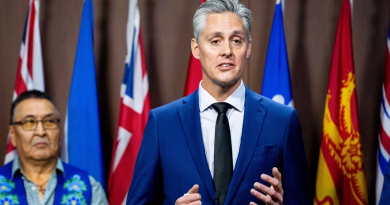

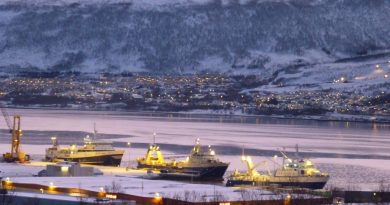
It should be noted that at eight bells on 13 September 1871 a landing party came off the United States Navy ship the USS Polaris at Thank God Harbor to take formal possession of Greenland in the name of: “Jehovah (YHVH), POTUS, and the SecNav, with three cheers and an American Tiger”.
This was the usual form that annexation took place by the United States Navy between 1867 through 1925 by the United States.
Benjamin Franklin at the time of the founding of the Republic expressed interest in the United States acquiring Greenland for the United States. Prior to that in the 1760’s he took the view that the British acquire it .
By the time of the “Windsor Affair” heated up in the late 1770’s Benjamin Franklin wanted it attached to America the island Greenland.
It was in the 1540’s that the last of the Norsemen were murdered by the Eskimos of Greenland. Norsemen came to Greenland starting in 985, C. E.
After the signing of the Alaska Treaty of 30 March 1967, n.s., former Secretary of the Treasury Richard J. Walker visited with Secretary of State William Henry Seward and suggested thst he purchase both Iceland and Greenland from the King of Denmark.
Between 1 February to 2 March 1871, Charles Francis Hall and two Eskimos were giving lectures on Greenland and the Arctic in Washington DC. The two Eskimos lecturers were name Hannah and Joe and had moved from Greenland to Connecticut [islands off the North West Greenland were named in their honor as Joe Island and Hannah Island].
At one of those lectures the POTUS and VPOTUS showed up to together. After the lecture President Grant visited with Hall and Joe þ Hannah. Hall asked Grant why the US ĥþ to pay money to the King of Denmark for Greenland? That got the United States Government to end those talks with Greenland. Hall then ended up with $50,000 appropriation from Congress and the USS Polaris to explore the Arctic and take formal possession of Greenland.
On 17 December 1883 at Room 42 in the US Capitol a meeting took place between United States Senator Benjamin Harrison (Chairman of the Senate Committee on Territories) and Major Ezra W. Clark, Jr. USV (ret.) (Chief of the United States Revenue Marine and the lawyer for the Alaska Board of the United States Department of the Treasury). It was on that date the United States Supreme Court ruled in the case 9-0 on Ex Parte Crow Dog, which prompted Harrison to direct Clark to draft the bill which after a committee amendment became the Harrison Alaska Organic Act upon the signing of POTUS Chester on 17 May 1884.
At a dinner in Nome, Alaska in the summer of 1910 at the home of G. J. Lomen, Captain Louis L. Lane spoke about his voyage to Wrangell Island that summer. Then Ezra W. Clark, Jr. passed around the Waterman Fountain Pen give to him on 17 May 1884 upon the signing of the Harrison Alaska Organic Act, POTUS Chester Arthur.
During the meeting on 17 December 1883,
Benjamin Harrison told Ezra W. Clark, Jr. that some day in the future Greenland could be added to Alaska. Has that time come now?
On 4 August 1916, Secretary of State Robert Lansing issued his Biltmore Declaration on Greenland. That cause Rear Admiral Robert Peary, USN (ret ) to asseverate that the Biltmore Declaration was a violation of the Monroe Doctrine.
As of this writing, I have not located a document showing the United State Senate ever gave either advice or consent to the terms of the Biltmore Declaration of Secretary of State Robert Lansing. If anyone has please post cite.
During the period of 13 March – 12 April 1930 a League of Nations conference on the Codeification of International Law is taking place at The Hague, Netherlands. In April 1930 at that conference Dr. Samuel Wittermore Boggs (Geographer of the United States Department of State) informs William Eric Beckett (Second Legal Adviror of the British Foreign Office) that on 13 September 1871 that the United States annexed Greenland.
It was in the 1920s that Dr. William H. Hobbs of U-M to raise the first flag of Michigan over Greenland with the picture of the first Governor of Michigan on it.
That reminded me of the meeting on 17 December 1883 between Harrison and Clark
in Room 42 at the US Capitol, because the bill that became the Harrison Alaska Organic Act extended the “Pains and Penalties Act to Alaska from Oregon on 17 May 1884.
Does others believe like Harrison that if Greenland joined to Alaska it would prompt Canada to seek its rights under Article XI of the 1777 Articles of confederarion?